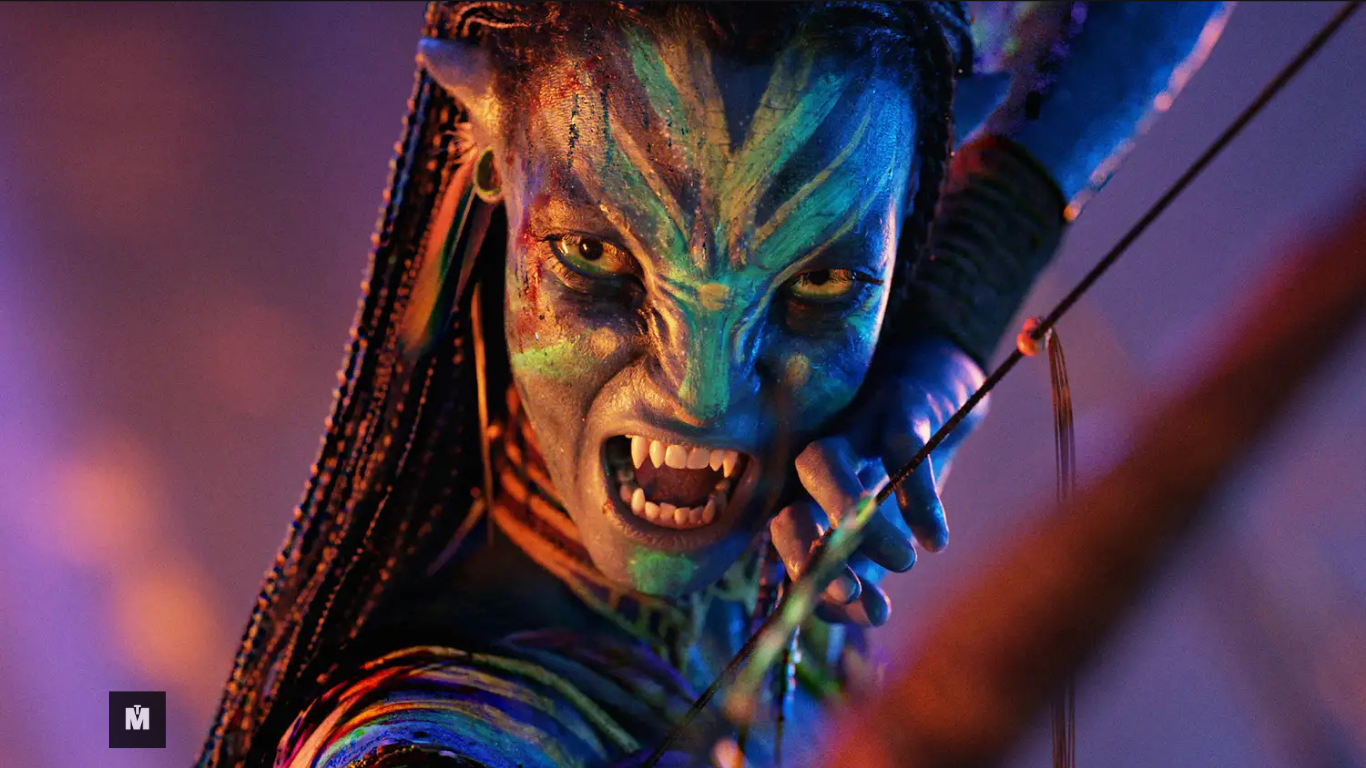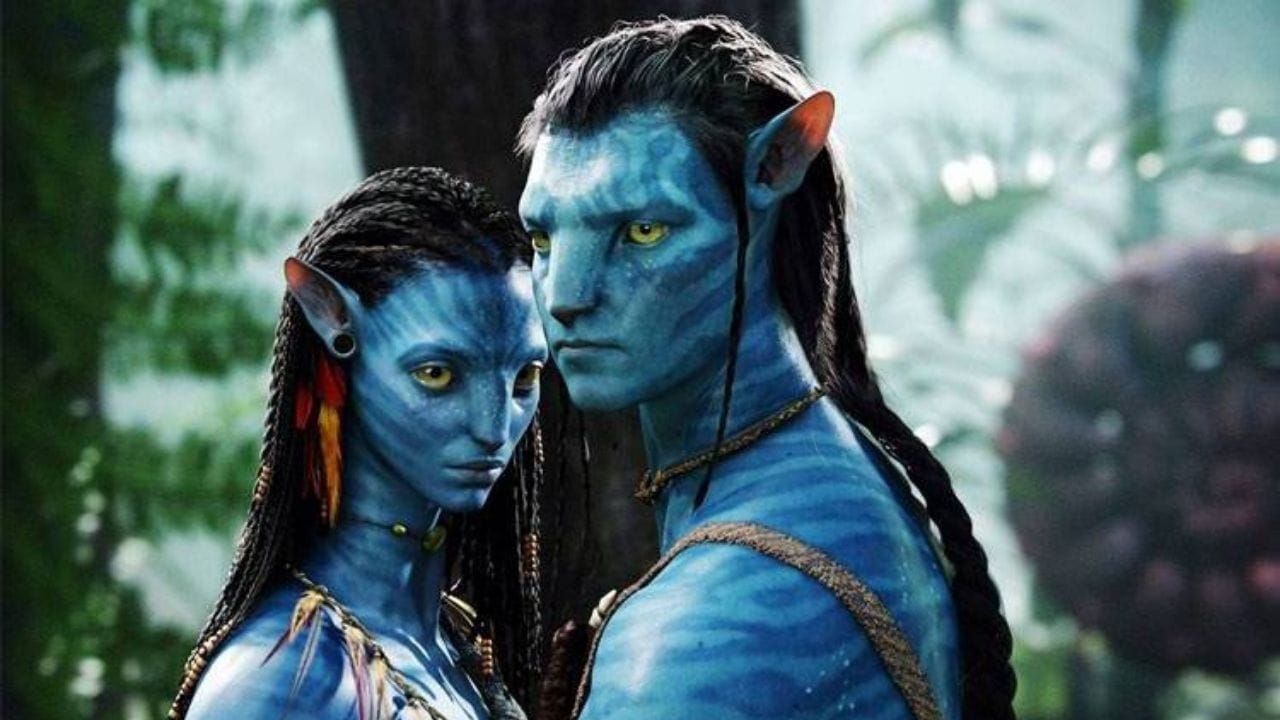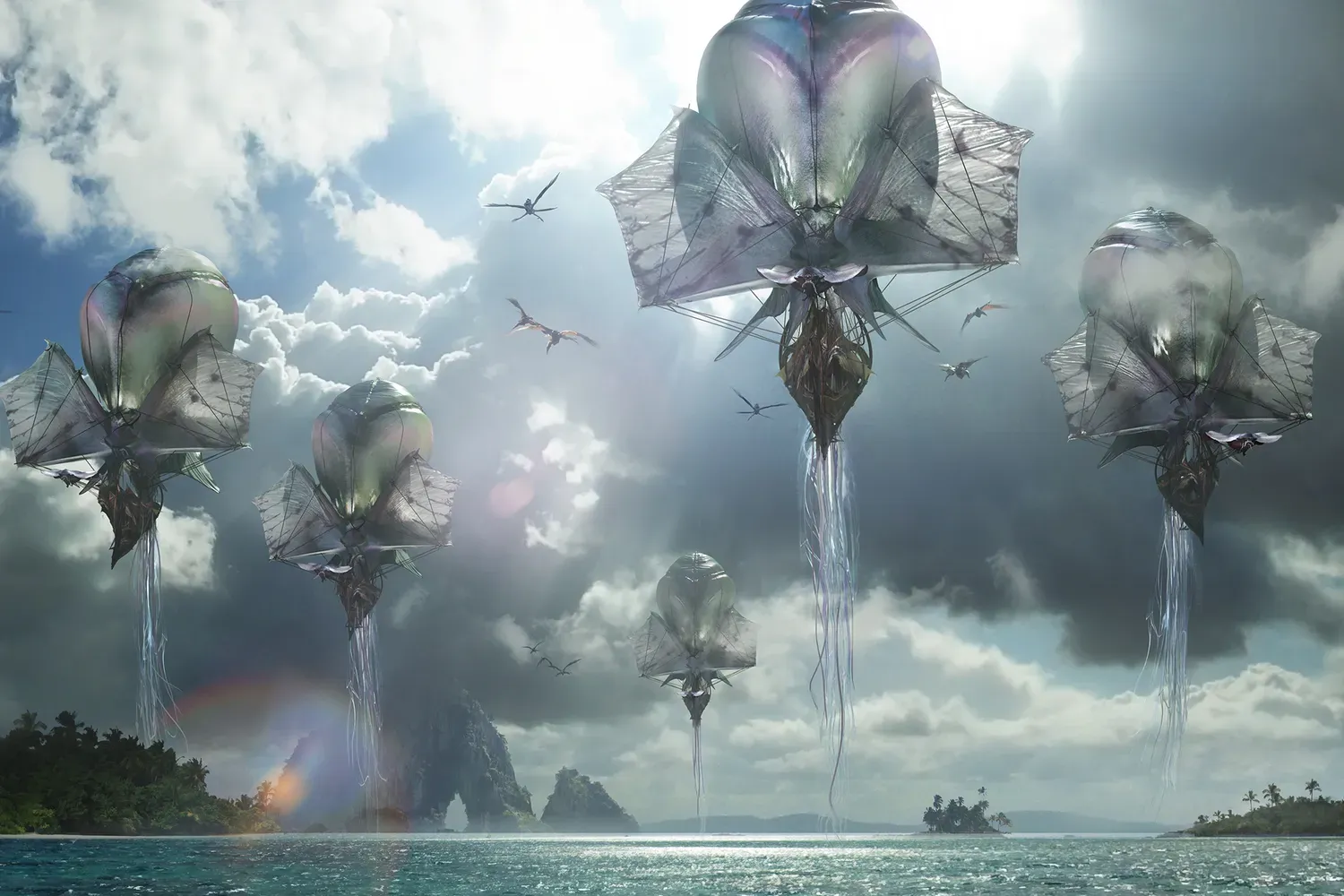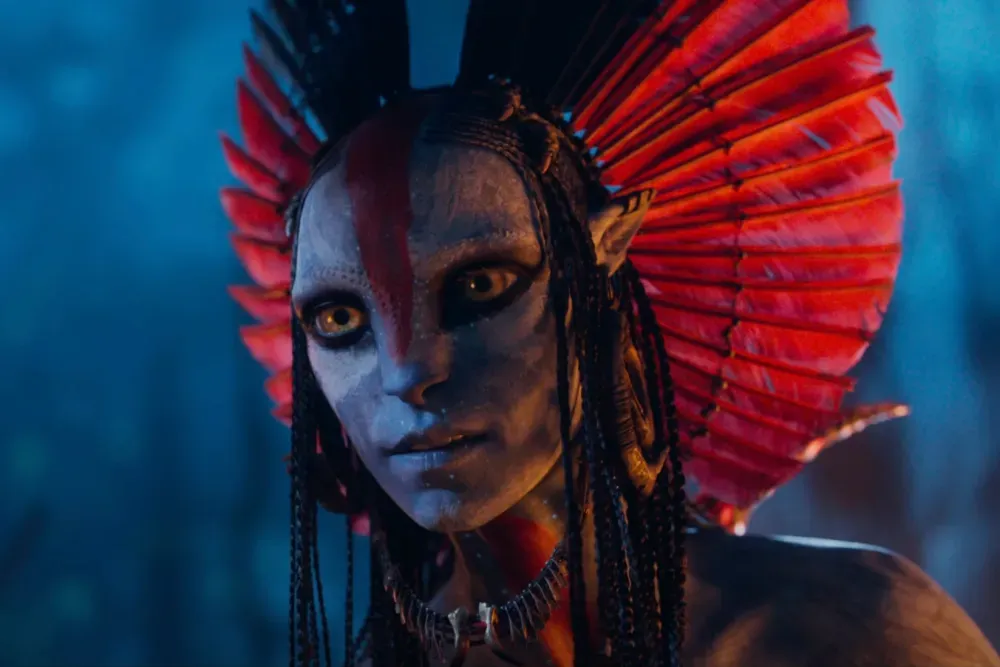“Avatar: Fire and Ash” Trailer Debuts — Pandora Ignites with Fiery New Villain, Ash‑Clan Na’vi

James Cameron's Avatar: Fire and Ash, the third chapter in the iconic sci‑fi epic, launches into theaters on December 19, 2025, and the first official trailer has landed—ushering in a darker, more nuanced Pandora.
A Darker Pandora: New Clans, New Conflicts
The trailer paints a stark contrast to the Na’vi established in previous films. A novel, embattled Na’vi faction—known as the Ash People—has emerged from the volcanic regions of Pandora. With ash-covered warriors, black warpaint, and elemental control over fire, they challenge the traditional spiritual ethos of Eywa, declaring, “Your goddess has no dominion here.”.
Varang: The Fearsome Leader
Led by Varang, an imposing figure portrayed by Oona Chaplin, the Ash People reject the peaceful Na’vi ideals. Varang’s hardened tribe wields devastating power and executes a morally ambiguous stance, hinting at internal Na’vi civil strife.

Returning Heroes & Rising Stakes
Jake Sully (Sam Worthington), Neytiri (Zoe Saldaña), and their children face grief and turmoil, as they mourn the loss of Neteyam and grapple with escalating conflict that now extends beyond human antagonists.
Meanwhile, Miles “Spider” Socorro (Jack Champion) appears torn between his human origin and the Na’vi family that raised him—highlighting deep internal conflicts.
Former enemy Miles Quaritch (Stephen Lang), now resurrected as a recombinant, is seen adopting the Ash People’s red war paint—suggesting a complex new alliance.
Pandora Expands: Wind Traders & Epic World‑Building
The Wind Traders, or Tlalim Clan, bring a vivid counterpoint to the Ash People’s intensity. These nomadic sky‑faring Na’vi traverse Pandora via giant jellyfish‑like airships, introduced in sweeping aerial sequences that evoke spectacle and wonder.
Their leader, Peylak (David Thewlis), adds color and grandeur to the cyan landscapes—embodying a tribal energy that’s upbeat and majestic.

Themes & Tone: Internal Conflict & Moral Complexity
James Cameron has consciously evolved the franchise’s moral scope. In a break from the “humans‑are‑the‑villains” simplicity, Fire and Ash shows that dangers can emerge from within—Na’vi against Na’vi, belief against ideology.
Supporting outlets portray the film as rich in emotional and spiritual tension, amplified by high‑stakes family drama and sweeping eco‑mythology.

Spectacle on a Grand Scale
Production design and visual effects in the trailer promise unprecedented cinematic immersion—volcanic terrain, explosive lava‑lit combat scenes, floating rocks, and brand-new creatures of water, air, and flame.
The narrative rhythms echo familial bonds under strain, blending visceral action with poignant quieter moments. Cameron reportedly extended the runtime beyond The Way of Water to accommodate this emotional and visual density.
What Lies Ahead
Avatar: Fire and Ash revisits familiar faces—from Sigourney Weaver and Kate Winslet to returning agent characters—in a story that deepens existing figure arcs while reordering the power structure on Pandora.
Looking forward, Cameron has slated two more sequels for 2029 and 2031, signaling that this trilogy is just part of a larger, two‑decade saga.
Final Take
The Fire and Ash trailer marks a pivotal tonal shift for Avatar, one that layers fiery Na’vi rebellion onto human-driven themes of colonization. As Halo’s cinematic legacy continues, expect emotional intensity, moral complexity, and world-building spectacle to redefine what audiences thought they knew about Pandora.
